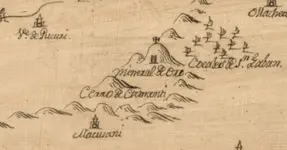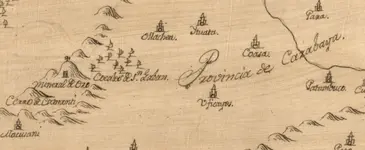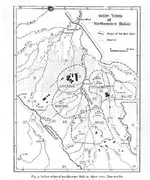KANACKI
Bronze Member
- Joined
- Mar 1, 2015
- Messages
- 1,445
- Reaction score
- 5,938
- Golden Thread
- 0
- Primary Interest:
- All Treasure Hunting
Is Paititi a myth?
In 1532, Francisco Pizarro took the Incan King, Atahualpa, hostage and demanded a ransom of gold that would fill a room 24' long by 18' wide and a height of 8', and double that amount in silver. In 1533, fearing an attack by the king's army, he executed the King. Unbeknownst to him, the army he seen was led by Inca General Ruminahui, who was transporting 750 tons of gold to pay the ransom (DOH!). Upon hearing the king was murdered, General Ruminahui hid the gold in a "cave" deep in the Llanganatis Mountains. So...........where did the Incans acquire over 750 tons of gold? There are very rich deposits in Ecuador and Peru, but none producing that volume.
On a different topic, one version of the legend says the Incan god, Viracocha, is living in an underground city with his army, and will one day come out of the city and rebuild his empire.
And lastly, Jesuit Priest, Andrés López, mentioned three German miners towards the end of the letter to the Vatican, which is not unusual because it is well known Spain relied on German mining engineers in the New World.
Is Paititi a myth? My personal theory is Paititi is very real. However, it is not a "city"...........It is a massive underground gold mine.
Gidday Amigo
In all my time and Crow's time drilling all over Ecuador, Peru and Bolivia. Most ancient hard rock mining sites that involved tunnels was colonial Spanish. Most of precolonial gold working by Incas and other tribes.was working placer deposits along rivers.
Here is one such site along the Sacambaya River in Bolivia, and also streams around lap Paz and San Gaban just a name a few.It was a very primitive methods animal skins stretched over a frame and the gold was crudely sifted through. All streams flowing east rule of thumb showed traces of gold amigo. As well as other metals.
Kanacki






